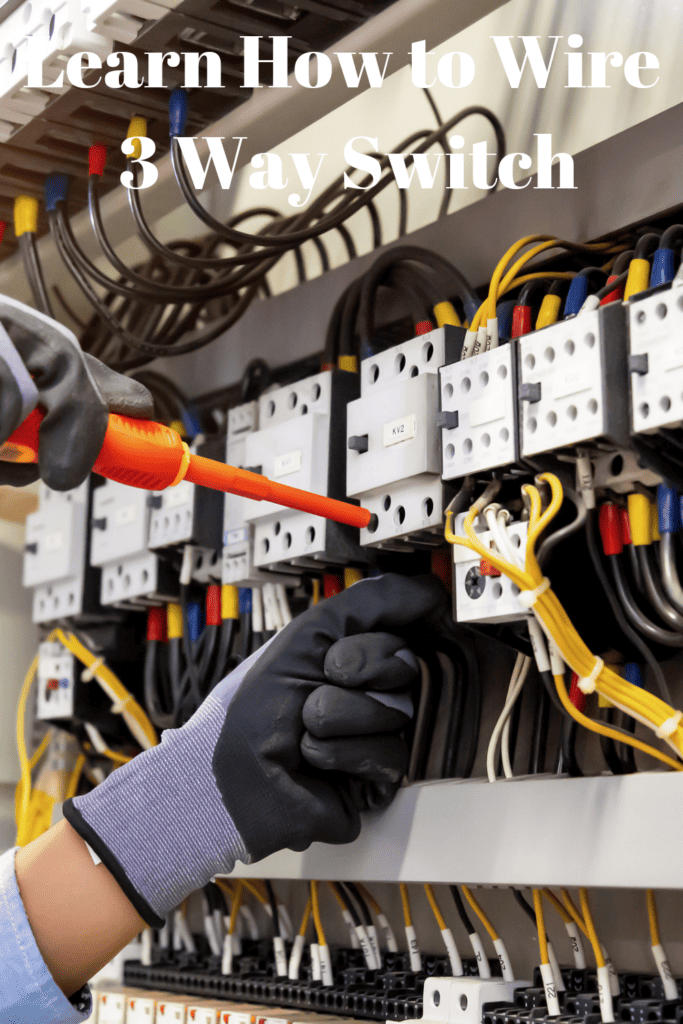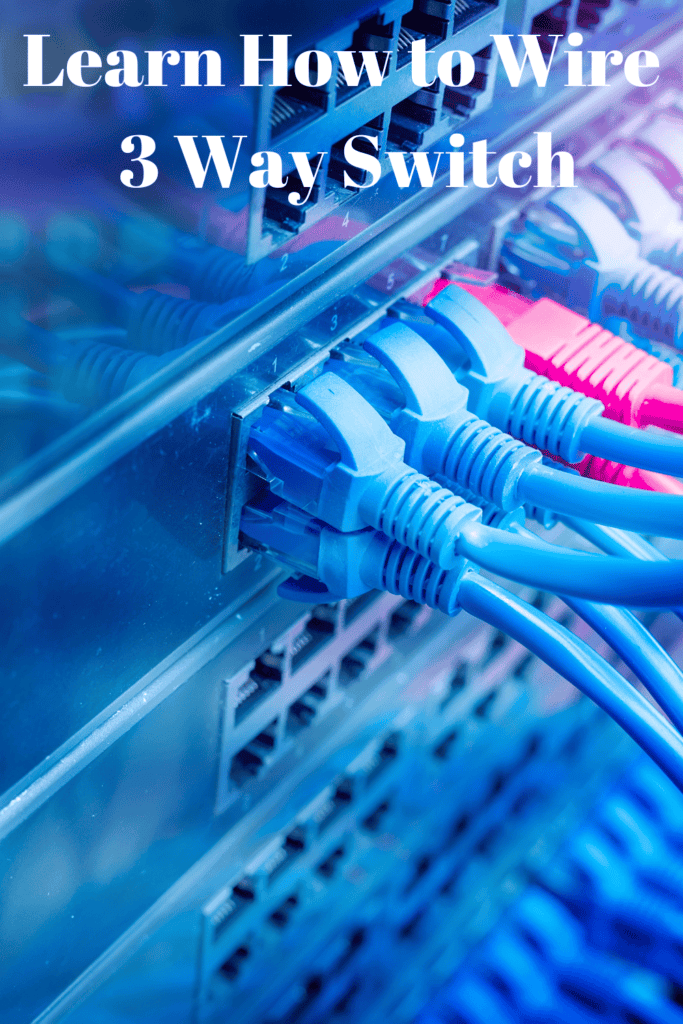How to wire 3 way switch Overview
There are three basic types of light switches:
A necessary single light switch.
A 3-way switch that controls a two-zone luminaire.
A 4-way switch that controls light from at least three territories.
The easiest way for three-way switches is to put light between the two switches. It would be best if you looked at a wiring diagram to get it.
The wire should rush to the main switch, 12.2 Romex, 12.3 Romex to the light, and then to the subsequent switch.

12.3 Romex has an additional link called Traveler (usually red) required for 3-way switches.
At the main switch, the 12.2 Romex enters the switch box base in the circuit, and the hot (dark) wire is associated with the lower right terminal of the switch.
12.3 Romex enters through the highest point of the control box.
The (red) wire of the hot Traveler is associated with the upper left terminal of the switch. The dark (hot) wire is associated with the upper right terminal of the switch.
The unbiased 12.3 interface (white) connects straight to the non-partisan 12.2 with wire nuts, plus the copper area wires are additionally associated with these wire nuts.
Two 12.3 Romex closures should swing out of the lightbox.
One end comes from the main switch, and the opposite ends from the subsequent switch.
First, pair the copper table wires with a wire nut to move them, then interface the two red explorer wires with a wire nut.
Now locate the dark wire in the main box and the white wire in the next box and interface them with the wire nuts. Indeed, this is significant.
It is ideal for stamping each finish of the white wire by folding the dark electrical tape over them. That means you made it a hot thread.
This is a prerequisite for the code! It is fully expected to use 3 and 4-way switches.
At the next switch, interface the driver’s red connection with the terminal on the top left.
White wire, currently stamped dark with tape, interfaces with the upper right terminal.
The dark line is associated with the lower right combination screw.

Copper wire is connected to the housing if it is a metal box or the green ground screw on the switch if the support is plastic.
The lightbox should now have a dark white thread to which you should associate the light.
Wiring three-way switches
The distinction among a regular switch and a three way switch is an additional port or association.
A 3-way switch has two silver or metal terminals and a boring terminal. Silver or metal terminals are called passengers or couriers, and the weak terminal is usually called.
If each of the three terminals has a comparable tone, the base terminal is recognized as “normal” on the switch’s back.
The game plan of these switch terminals may change depending on the manufacturer. So check them carefully to make sure that the regular terminal is accurately recognized. In a 3-way circuit, there are two 3-way switches and a light or progression of the lights controlled by the switch.
Because any switch can destroy the light on or off, there should be several ways in which one switch can send this back to the next switch.
This is the capacity of the two passengers or couriers. You will see in the graph that, paying little attention to the configuration, the two travel or information terminals on each switch are always associated (watch the red and white 3-wire link transmitters).
Because motion or messaging terminals are always associated, only the base terminal remains a part. To understand this terminal, briefly consider a standard meter with only two terminals.
When you connect to a standard switch, the input (hot) power cord is associated with one terminal (usually in the lower right) and the power supply to the next terminal (generally in the upper right).
This is the motivation behind traditional associations in a 3-way circuit. On one of the two 3-way switches, the (hot) conductor of the power supply is associated with the regular terminal. On the other of the two 3-way switches, the light output is associated with its primary terminal.
The white 3-wire pipe (red, dark, and white) associated with the two switches is not unbiased. Depending on the on / off position of the switch, either the red or white conductor is hot.
How to Wire a 4 Wire 3-Way Switch Diagram
A four wire three-way switch enables you to control lights or appliances from two separate locations, making them particularly helpful in long hallways or stairwells where normally one would need to walk all the way down in order to turn them off.
While these switches are fairly simple to wire, some key steps must be followed in order to avoid serious injury or death; please read through these instructions carefully and if this type of work makes you uneasy seek professional services instead.
In this circuit, power enters at the light fixture through 2-wire cable that travels directly from there to a three-way switch (SW1).
From SW1 the black wire runs directly back into its respective light fixture while white wire spliced into each box is identified with black marks to denote hot wiring.
SW2’s common terminal is wired directly from that of SW1. Again, white wire spliced onto SW2 is marked black on both ends at its junction point with common.
When turned on, current will travel through both wires simultaneously, turning on one light before traveling through both at once when off. When in either position of this switch’s configuration mode (off or on) nothing happens and all lights remain turned off.

Install the last switch (SW3) between the other two switches to ensure proper spacing between them. Connect white wires from each of the other two switches into one strand in the new box, secured with wire nuts; connect bare copper ground wire to one of the screws in its box using wire nuts; finally tie this final wire from its box onto a green screw on a 4-way switch and tie together all three ground wires using zip ties or cable ties to complete installation.
For new circuits, install a junction box at the end of each run to house both the 4-way switch and its companion junction box. For existing circuits, adding this switch won’t disrupt existing wiring in any way.
Once installed, conduct an ohmmeter test on each switch to make sure both positions of it pass current between themselves; otherwise there may be a wiring issue.
To resolve this problem, it may be necessary to replace switches. A professional electrician should be able to assess what’s wrong with the circuit and offer solutions before any attempts at DIY repairs. Always seek professional advice first before undertaking repairs yourself.
